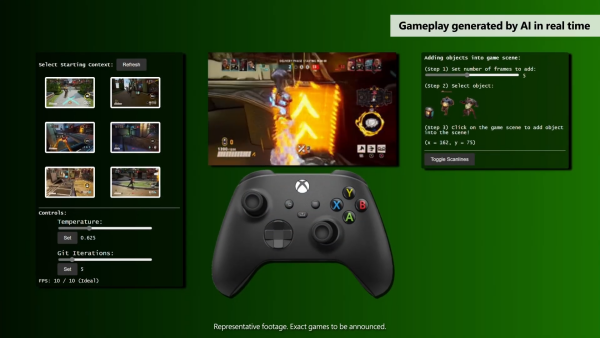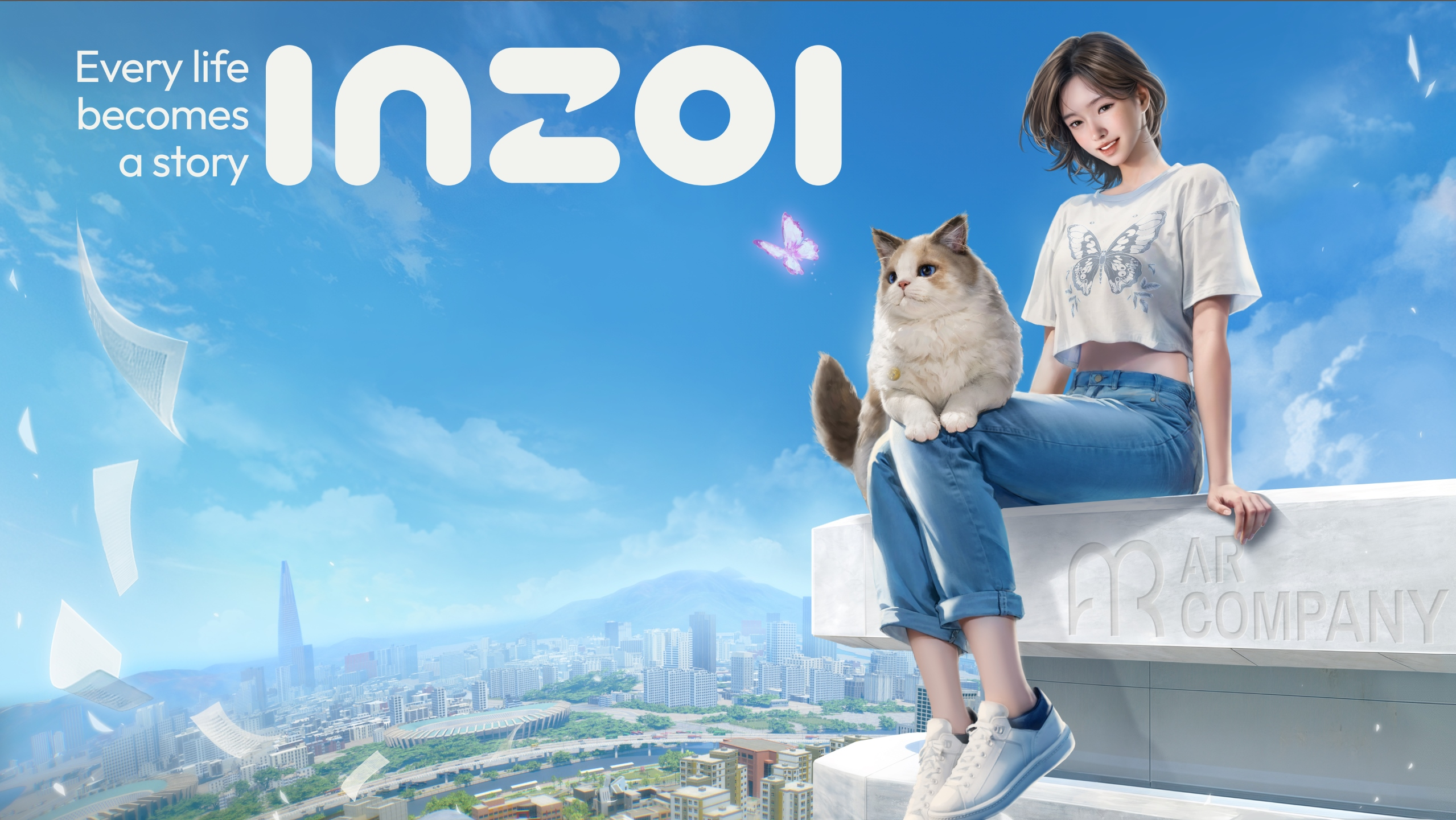Gaming Meets Generative AI | 매거진에 참여하세요
Gaming Meets Generative AI
#game #genAI #scenario #NPC #interactio #future #contents
In 2025, Gaming Meets Generative AI: Innovation at the Frontlines
Generative AI is no longer just a tool to boost developer productivity—it’s becoming the very soul of the gaming experience. In 2025, we’re witnessing a profound shift as AI reshapes not only how games are built, but how they are played, experienced, and even co-created.
Google Cloud has dubbed this year “the tipping point where AI elevates gaming to the next level.” From concept art to storytelling, from gameplay mechanics to post-launch content, generative AI now permeates every stage of the development cycle.
Game-Changing Examples of Generative AI in Gaming
1. Microsoft’s Muse: AI-Powered Game Design
Microsoft introduced ‘Muse’, a generative AI model trained on gameplay data from titles like Bleeding Edge. Muse can generate visual elements, story arcs, and player feedback loops—enabling remasters of classic games and ideation of entirely new ones.

2. Krafton’s Co-Playable Characters (CPC)
Teaming up with NVIDIA, Korean game studio Krafton unveiled CPC (Co-Playable Character) technology. In the 2025 title Enjoy, AI companions interact with players in real-time, adapting to their behaviors and enhancing immersion in simulation gameplay.

3. Nexon’s AI Voice Cloning
Nexon developed an AI voice system capable of mimicking the tone and style of renowned game directors. This tech is now being used not only in-game, but also in marketing and content updates—offering a new flavor of narrative authenticity and operational efficiency.
How Generative AI Is Reshaping Game Development and Gameplay
Automated Content Creation
From dungeons to enemy designs, generative AI speeds up development by creating dynamic, personalized content. AI can adapt in real-time—modifying difficulty levels or generating unique bosses based on a player’s gameplay style.
Evolving AI NPCs
AI-powered NPCs are no longer limited to preset lines. NVIDIA’s PUBG Ally, for instance, behaves like a real teammate—suggesting strategies, reacting tactically, and evolving with gameplay.
AI in Game Design Feedback Loops
AI now participates in creative decisions. It analyzes player feedback, adjusts game mechanics, and even pitches new gameplay ideas—becoming an integral part of iterative design.
Rethinking Interaction in Multiplayer Games
In community-heavy genres like MMORPGs and open-world survival games, AI functions as both “companion and observer.”
Players are co-authoring storylines with AI, leading to unprecedented levels of immersion and emergent storytelling.
A New Era of UGC: When Players Become Co-Creators
Generative AI is also redefining user-generated content (UGC). Once considered supplemental, UGC is now core to game identity—thanks to powerful tools like AI character builders, quest designers, and voice synthesis systems.
Players can now shape entire game worlds, create personalities for AI NPCs, and design narrative paths—all within the game engine. In some 2025 indie sandbox titles, players even configure NPC dialogue logic and emotional behavior, allowing their creations to interact with others and form social dynamics inside the game.
This creative agency elevates the player from passive consumer to active co-author—redefining what it means to “play.”
Even after gameplay ends, AI enables automated highlight reels, meme content, commentary generation, and animated clips—turning gameplay into endless remixable content. Streamers and fans are transforming their play sessions into viral cultural moments.
Challenges Along the Way: Creativity Has Its Cost
Despite its promise, integrating generative AI into gaming is still a work in progress. Developers face several ongoing challenges:
1. Unpredictable AI Behavior
Creativity is AI’s strength—and its liability. AI-generated quests can be illogical, dialogue disjointed, or events emotionally mismatched. In NVIDIA’s ACE NPC system, some NPCs initiated irrelevant conversations mid-battle, breaking immersion. Microsoft’s Muse beta testers reported incoherent quest flows and narrative breakdowns.
2. The ‘Human Creator’ Debate
With AI handling storylines and environments, some creators feel displaced. A 2025 Wired article noted that indie writers are losing narrative ownership. Nexon faced internal pushback after replacing voice actors with AI for certain roles, citing emotional limitations and authenticity concerns.
3. Ethics and Content Moderation
AI-generated content can be violent, biased, or culturally insensitive—especially in MMORPGs where real-time interactions are vast. Google Cloud introduced guidelines for filtering AI content, but real-time moderation remains inconsistent. Some AI-generated indie games on Steam were removed for copyright infringement in background assets.
4. Performance and Cost Bottlenecks
Real-time AI generation requires significant compute resources. In mobile and VR games, performance can suffer. Games with AI-driven NPCs often face latency and server overload. Cloud-based APIs (OpenAI, NVIDIA) also add ongoing operational costs—out of reach for many indie developers.
Conclusion: Still Loading, But Direction Is Clear
We’re still early in the game, but the direction is undeniable.
Generative AI is not just automating development—it’s reimagining what games are, who creates them, and how players engage.
The future of gaming isn’t AI replacing humans—it’s AI collaborating with them.
As models improve and guardrails tighten, the creative partnership between human designers and AI agents will mature.
The vision?
Games that respond, evolve, and grow—with the player not just in the game, but shaping it.
The real innovation lies not in what AI does, but in what it enables us to imagine.






